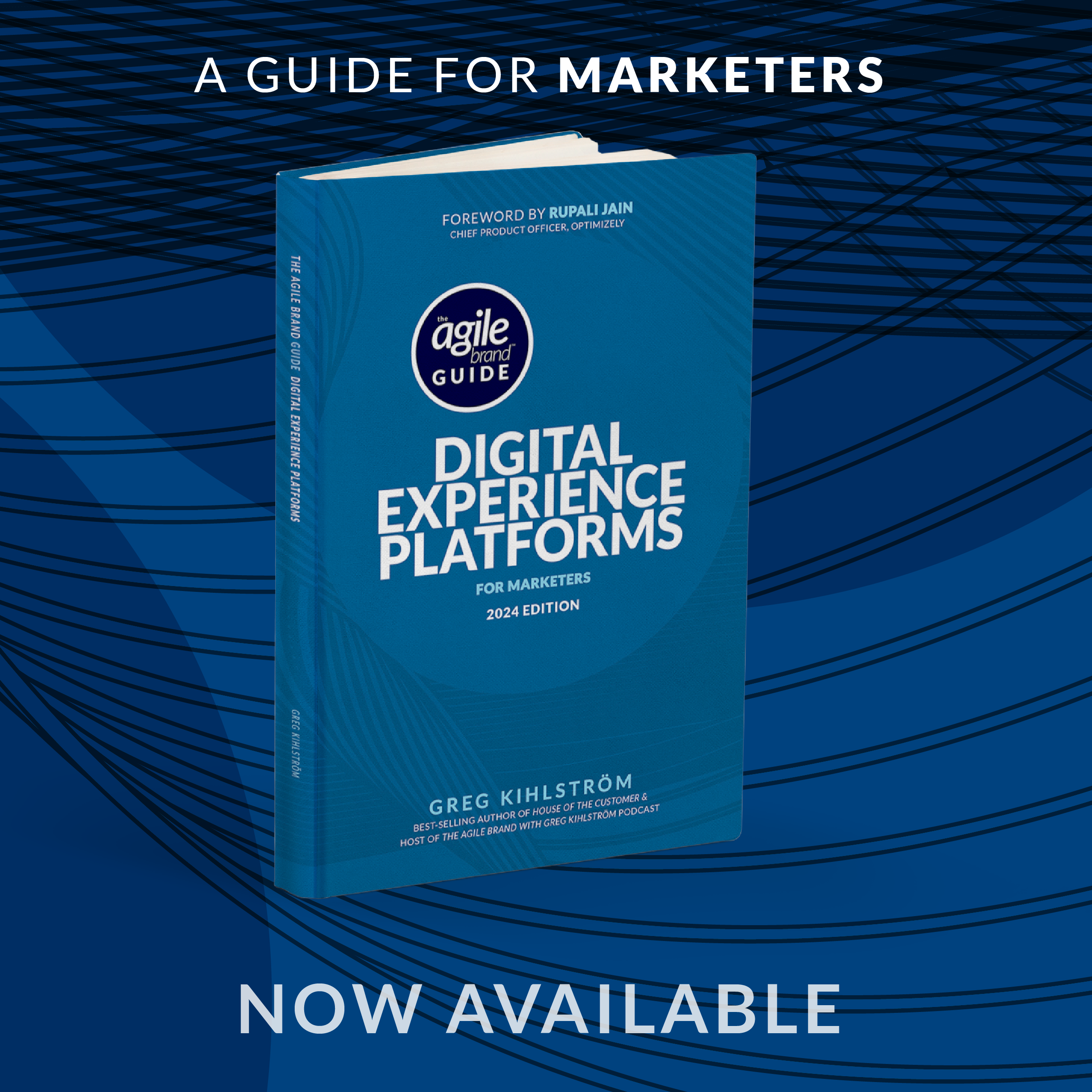This article was based on the interview with Joshua Goldberg, EVP of Strategy at Zenapse by Greg Kihlström, Marketing Technology keynote speaker for The Agile Brand with Greg Kihlström podcast. Listen to the original episode here:
We’ve spent the last five years feeding marketing algorithms every click, demographic, and behavioral data point available—and yet conversion rates remain stuck in the low single digits. Why? According to Joshua Goldberg, EVP of Strategy at Zenapse, it’s because most marketing artificial intelligence (AI) is training on the wrong thing. Behavior is useful. Demographics are fine. But emotion? That’s where the real leverage is.
Zenapse has pioneered what it calls the world’s first large emotion model (LEM)—a system that doesn’t just generate content, but predicts how people feel and what they believe, and then responds accordingly. In this conversation, Goldberg breaks down what LEMs are, how they outperform traditional models, and why the future of marketing isn’t just smarter. It’s more human.
Beyond Words: Why Marketers Need Large Emotion Models
You’ve heard of LLMs (large language models), but Zenapse has gone a different route. Their LEM doesn’t just predict the next word—it predicts which emotion, sentiment, or belief will drive action.
“LLMs are great utilities, but marketers need more than content generation,” says Goldberg. “They need to know what actually matters to the customer.”
Rather than training on text, Zenapse’s model learns from 6 billion consumer interactions, identifying patterns in how people feel about money, family, learning, risk, and dozens of other domains. It then maps those insights to marketing variables: button copy, image choice, headline, value proposition.
If LLMs give you fluent language, LEMs give you emotional fluency—what Goldberg calls “shortening the distance between brand and consumer.”
How It Works: A New Playbook for Prediction and Personalization
Most marketers are still segmenting customers by behavior (“you bought shoes, so here are socks”) or demographics (“you’re 35 and live in Denver, so here’s a mountain bike ad”). But conversion rates remain stubbornly low—often around 2%. Flip that around, and you realize: 98% of people walked away.
“People don’t make decisions based on demographics. They make them based on emotion,” says Goldberg, citing research that suggests 95% of purchase decisions are emotionally driven
Zenapse’s model evaluates each user across dimensions like:
- Emotional stance toward money (spend vs. save)
- Attitude toward expertise (learn by doing vs. trust authority)
- Prioritized values (convenience vs. sustainability)
Once it understands those emotional signals, it dynamically adjusts creative elements in real time. One customer might see “Sustainably Made with Recycled Materials.” Another sees “Ships Fast, Wears Well.” Both get what matters to them.
The result? Conversion rates have increased as much as 400% for some clients, and CAC has dropped by up to 75%for-social-media-conten….
Real-Time Emotion: When AI Listens (and Learns)
Goldberg emphasizes that emotion modeling isn’t a static play. It’s dynamic—and when combined with real-time feedback, it becomes a loop that improves on the fly.
In one test with a fast fashion brand, Zenapse asked consumers how they felt post-purchase. The surprising answer from 1 in 5? “Overwhelmed.”
That one word changed everything. The brand dialed back its urgency messaging (“Limited Time Only!”) and focused on reassurance (“Just for You” or “Curated for Your Style”). Conversions climbed againfor-social-media-conten….
“When we asked people how they felt, they actually told us,” says Goldberg. “And that insight made the whole experience better.”
It’s a reminder that AI doesn’t have to replace human insight—it can amplify it, at scale and with nuance.
What’s Next: Omni-Channel Emotion and the Rise of B2E (Business to Emotion)
Zenapse isn’t stopping with websites and apps. Goldberg sees emotion modeling moving into every digital touchpoint—from wearables to smart cars to streaming services.
“Imagine emotionally aware messaging in your smart home, or while driving, or mid-game,” he says. “The model doesn’t just optimize. It listens.”
With no PII collected, their model sidesteps common privacy concerns, making it easier for marketing and compliance teams to sign off. And it integrates via low-code snippets, meaning it can be deployed in hours—not months.
But perhaps the most exciting shift is conceptual: Goldberg believes we’re entering a new era of B2E—Business to Emotion. Not just B2C or B2B. In that world, emotional intelligence isn’t just a differentiator—it’s the interface between brands and humans.
Conclusion
For decades, marketers have tried to outsmart the customer with better data and slicker automation. What Joshua Goldberg and the Zenapse team are proving is that the real breakthrough comes when you stop trying to outsmart—and start trying to understand.
The question isn’t just “what did they click?”
It’s “why did they care?”
If your current tech stack can’t answer that, a large emotion model just might be your next competitive advantage. Because in a market flooded with intelligence, empathy may be the most underutilized asset you’ve got.









